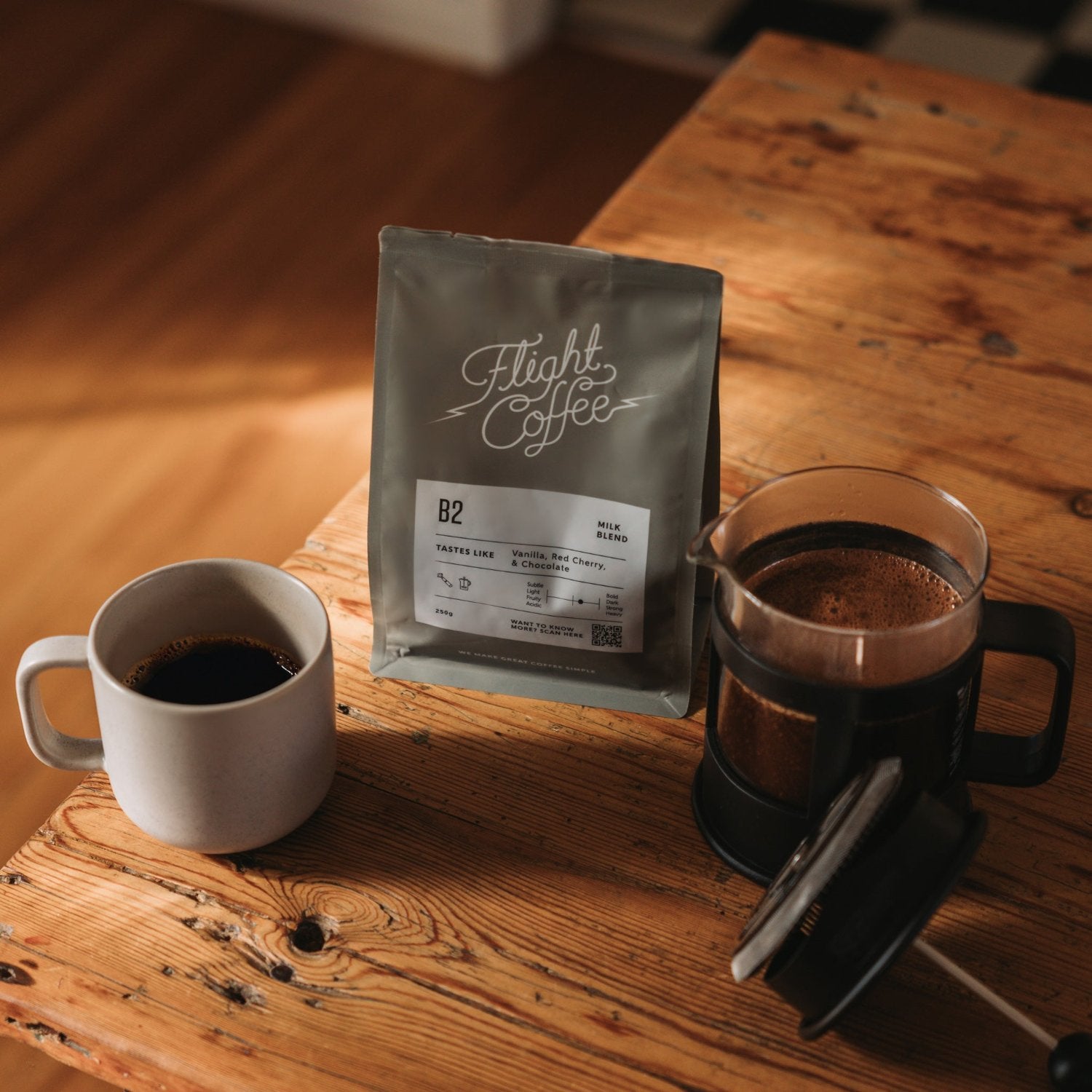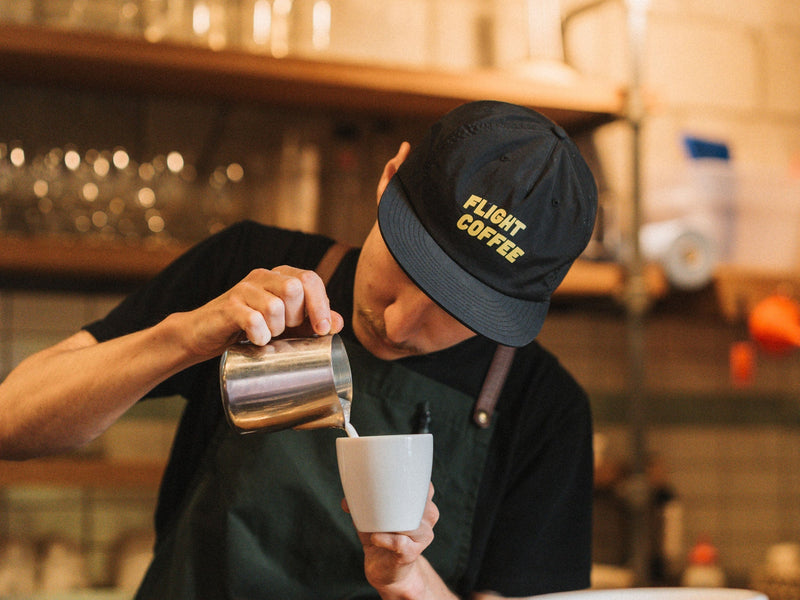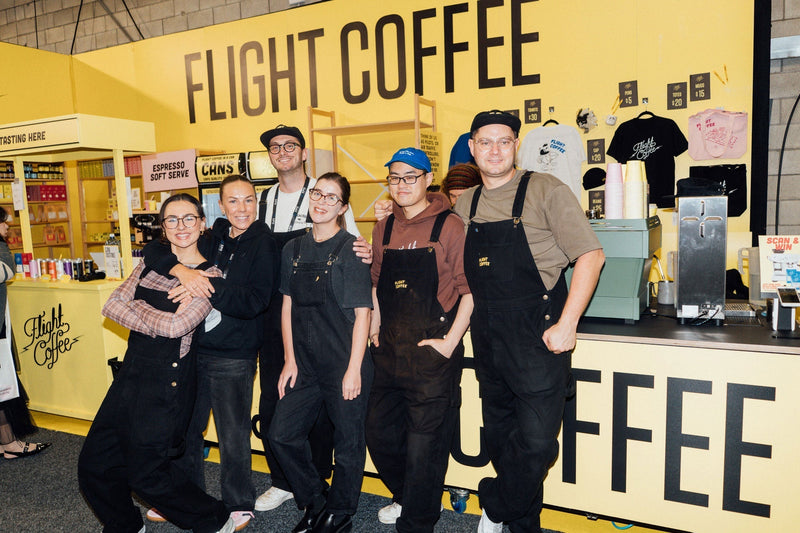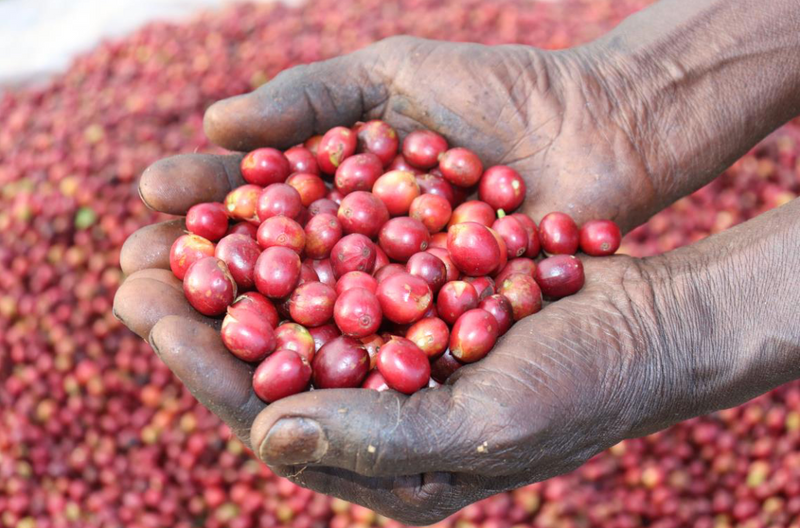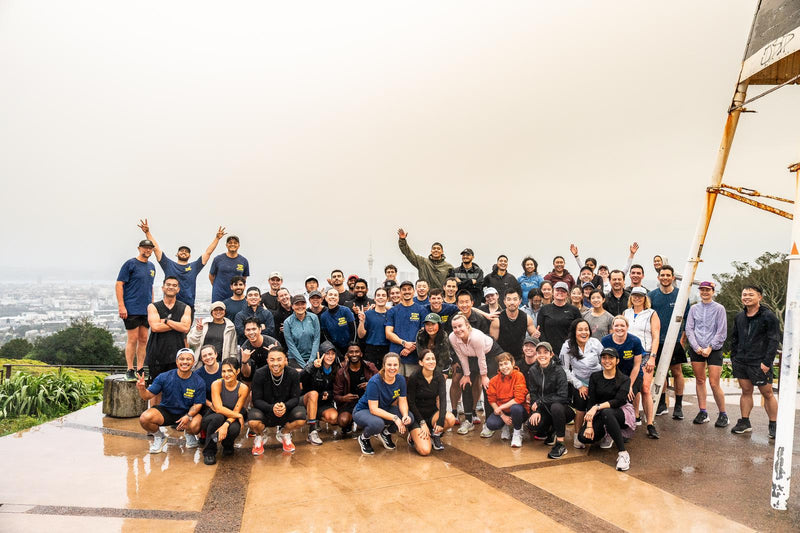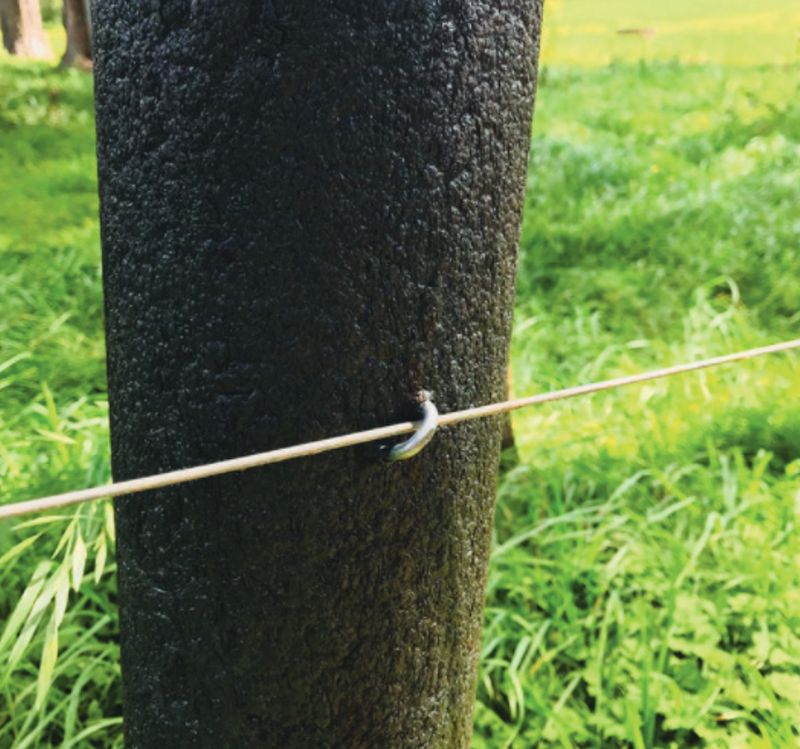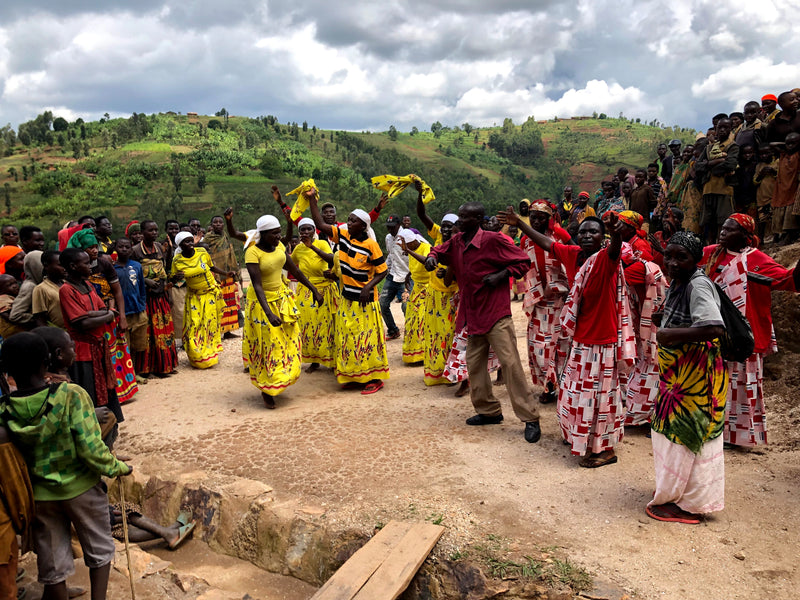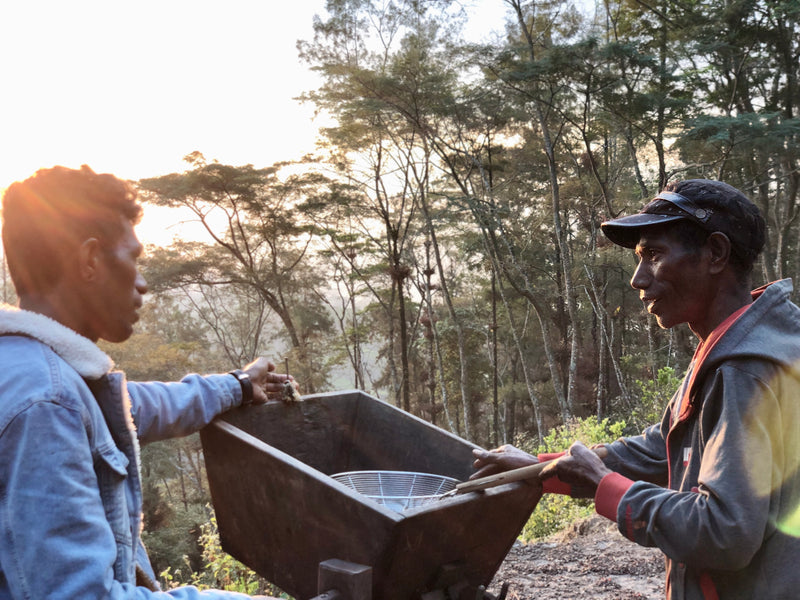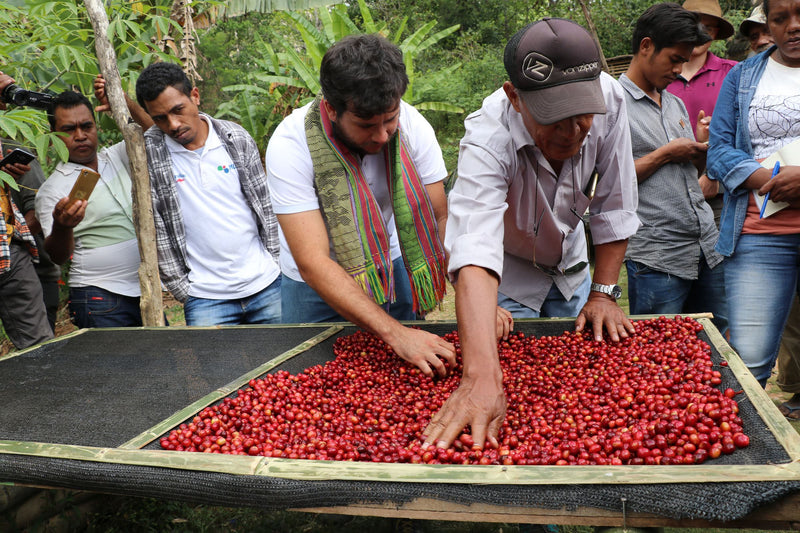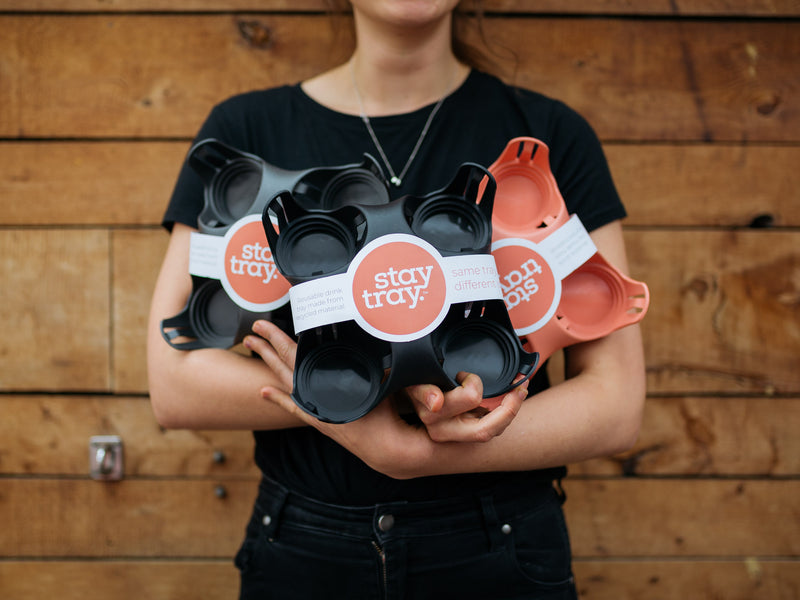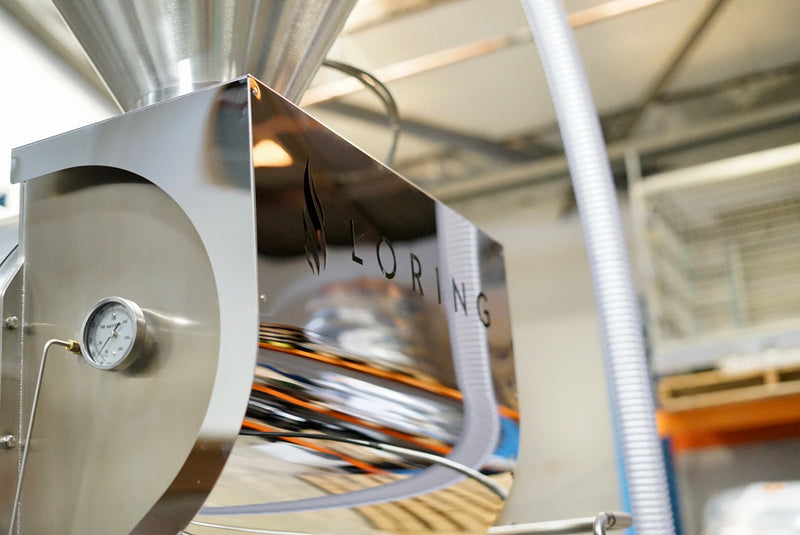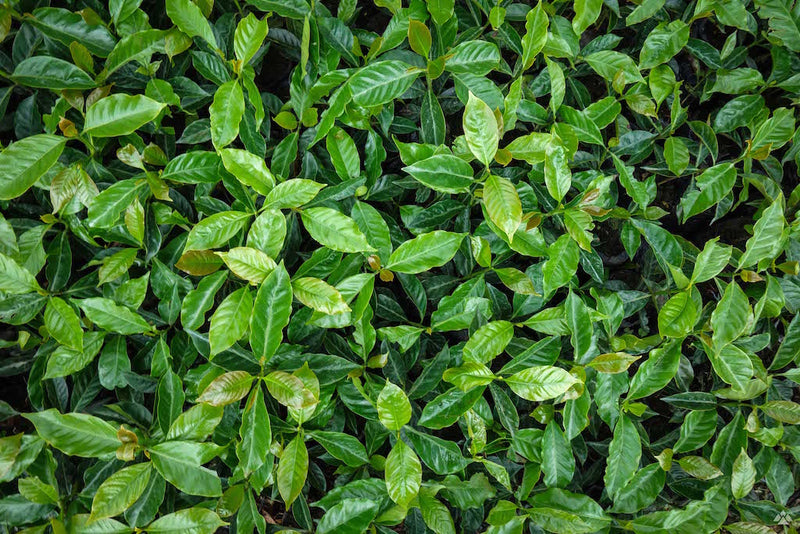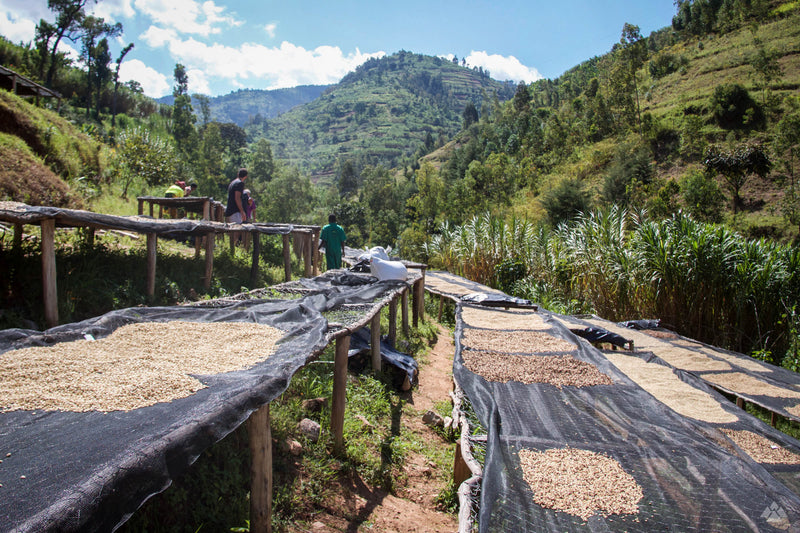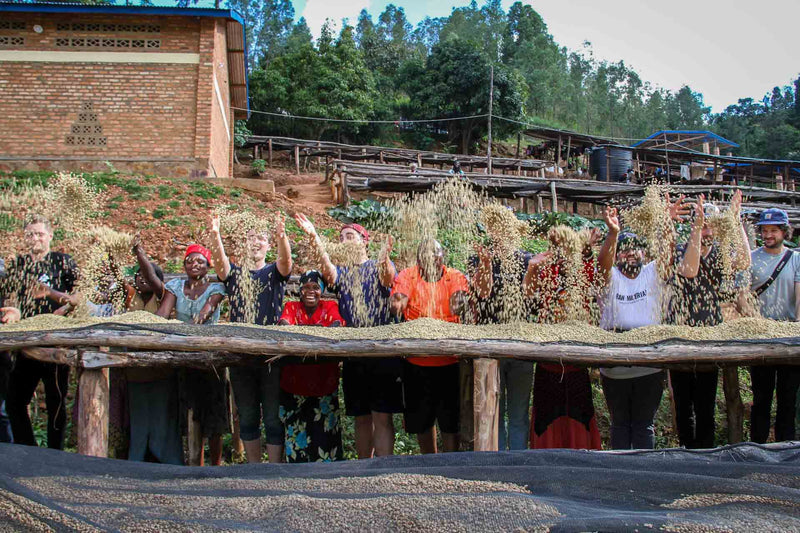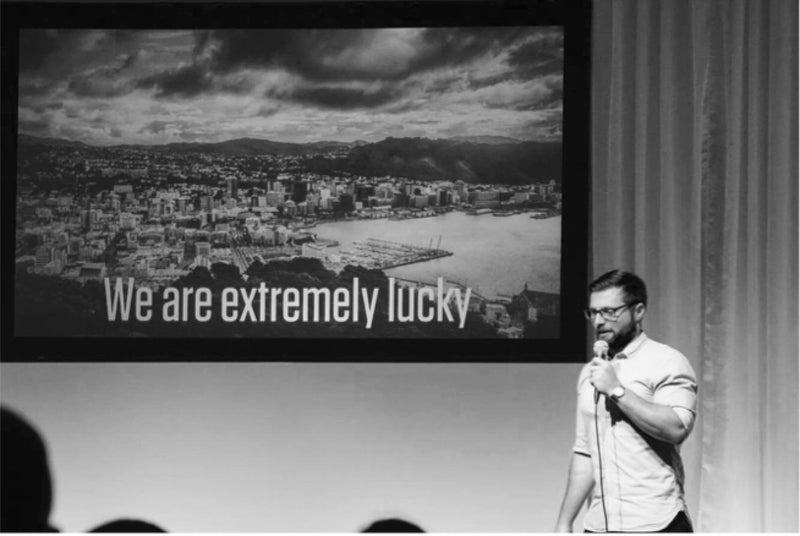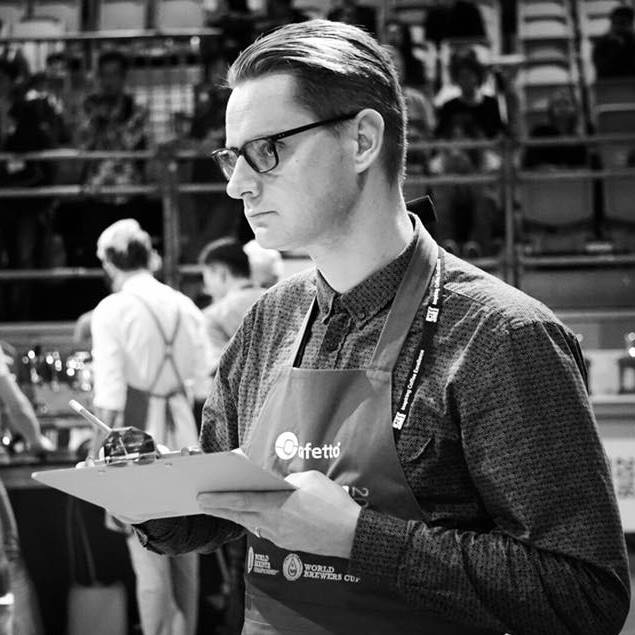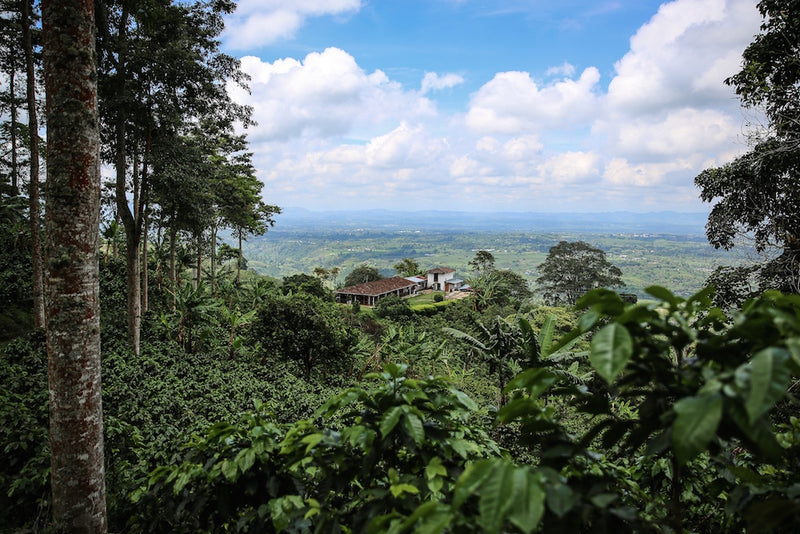We're beyond proud to announce that Luise (Lu) has taken out the title and is the newly crowned 2021 Meadow Fresh NZ Barista Champion.
We've had a lot of people reach out and asking various questions about Lu's performance and the competition in general so we thought it best that we ask Lu a few and let her answer.

Your 2021 Champion.
You’ve just won the NZBC - Congratulations!! Tell us about the comp for those that may not know about it.
Thank you! Thank you! Thank you!
A competitor has to make 4x espressos, 4x milk beverages and 4x Signature drinks for 4x judges within 15min, while talking about the coffee and explaining the methods. We like to say it’s MasterChef while giving a TED talk! :)

Lu serving her milk beverages to the judges. Photo: Andrew Turner - @atphotonz
How did you come up with your concept?
My favourite part about the champs is that you can tell a story through your coffee. I wanted to talk about positive impact, because this is what drives me the most in this industry. I thought a funny and more interesting way of doing so was by telling the story of superheroes, who use their powers to create a better world. My routine is built on the concept of the “hero’s journey” and leads the audience from the beginning - When I was a child and I thought, I needed superpowers to change the world - To me as an adult / coffee professional, who learnt that everyone can be a hero. We all can have a positive impact at origin by working with powerful coffee and educating our customers.

Lu's judges table setup. Photo: Andrew Turner - @atphotonz
Can you tell us about your coffee?
I used a blend of a Natural Tabi and Natural Gesha from our farm El Fénix in Colombia. The trees are only 3 years old, so I had the honour to represent this coffee on competition stage for the first time.
El Fénix and my concept work so well together, because the farm was built on the foundations of doing good. It works as a community wet mill where local producers can process their coffee more effectively than they might be able to on their own facilities, which results into a higher quality coffee and therefore higher wages.
Geshas are known to be high quality, very expensive coffees, which not every farmer is able to produce because they are relatively low yielding and hard to grow. In the case of my Gesha though, its reputation of excellence helped to fund El Fénix. Coffee professionals around the world bought it through a kickstarter campaign, so without the Gesha, they have not been enough interest to fund the wet mill!
The Tabi on the other hand was the solution by the National Federation of Coffee Growers of Colombia to save Arabica (specialty coffee’s species) from issues aggravated by climate change. It is high yielding, fast growing, disease resistant, accessible to farmers and is also super tasty! What a hero!
They are both great coffees on their own, but they are working together like the Justice League ;)
Gesha is an excellent coffee, but as an espresso is mostly has a dry aftertaste and a light body. In the combination with the Tabi though, the whole experience was lifted to a juicy and silky mouthfeel and refreshing fruity aftertaste.

Tell us about how you prepared the espresso, what recipe, and tasting notes?
I screened the Gesha pre roast to remove smaller beans, because I found out that the larger beans enhance the most fruity and floral flavours.
I blended the largest beans of the Gesha and the Tabi post roast.
My recipe for the espresso course is: 18.5g in, 40g out to create flavours of pink grapefruit, red cherry and hibiscus.
For my milk beverage I use: 19.5g in, 35g out to create flavours of banana, strawberry yoghurt and caramel

Lu preparing her round of espresso. Photo: Andrew Turner - @atphotonz
Walk us through your sig drink?
A signature drink is basically a drink creation, that should predominantly taste like espresso, while forming new flavours. The ingredients that a competitor uses need to be synergistic with the performance and the coffee. For my drink I wanted to tell the story how El Fénix does good:
- I brewed a tea with cocoa husk and casacara. The cocoa represents the shade trees that Miguel planted at the farm to protect the coffee trees in the longer lasting dry season as a solution against climate change. He planted cocoa trees. The Cascara represents the pulp of the cherries that he composts to feed the coffee tree with to create a sustainable and affordable plant food.
- I replicated the simple fermentation process on stage that was created by Miguel, so it can be copied by other producers in the region. I made a Elderflower-cherry-fermentation
- I used Panela, which is a South American Cane sugar, because it belongs into every Colombian dish!

Lu starting her sig drink preparation. Photo: Andrew Turner - @atphotonz
How does a champ drink coffee at home?
I have a Wilfa filter machine at home. Most days I go out for coffee though ;)

The dream team. Richard, Nick, Lu, Alan, & Steve. Photo: Andrew Turner - @atphotonz

The Flight Coffee Family. Photo: Andrew Turner - @atphotonz
From Lu:
